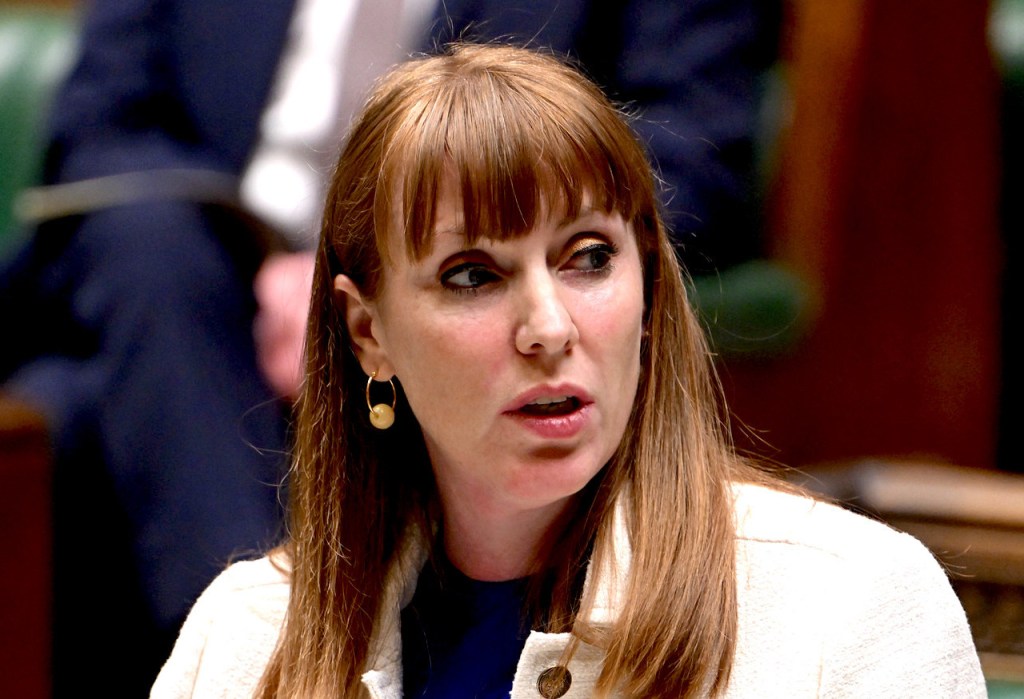September’s tranche of early releases did not go as smoothly as the government might have hoped. Footage of delighted prisoners celebrating outside jails, or saying ‘I’m a lifelong Labour voter now’ will, no doubt, resurface in Reform’s local election campaign videos in the spring. Then there was Amari Ward, the man who allegedly sexually assaulted a woman within minutes of his release (a charge he denies), and the subsequent discovery that he, and 36 other men who’d been jailed for breaching restraining orders, had been released in error. Compounding this sense of disorder was the discovery that Serco, the Ministry of Justice’s outsourced ‘tagging’ provider, had been failing to tag prisoners for weeks after release.
The probation trade union Napo have said ‘the first tranche of…releases placed a huge amount of additional work on probation staff across England and Wales…as Napo feared would be the case, our members have reported that a significant number of those released so far have been already been recalled to custody’. We would expect a high recall rate; after all, around 60 per cent of released prisoners are recalled even in the normal course of things. Given that often prisoners are left homeless for days or weeks after release, this should not be surprising.
Early releases are required, and likely will be again in the spring
However, my sense is that the first wave of SDS40 early releases has gone about as well as could have been expected. Despite significant concerns that probation, already understaffed and under a great deal of pressure, would find it hard to supervise this new wave of offenders, there does not seem to have been a surge in recalls. Of course, given how high our ‘normal’ recall rate is, we should expect around a thousand of the 1,700 early releases from September to be recalled to prison. We also won’t know the ‘proven reoffending rate’ for some time. But, given these early releases were inevitable, the government will be fairly pleased with how they’ve gone. I think they, and the public, would benefit from having these recall and offending figures published as quickly as possible.
And now, phase two. Today around 1,100 longer-sentenced prisoners will be released early. The government has learned something about media management this time. Today is also the day the Justice Secretary, Shabana Mahmood, will announce a sentencing review, chaired by David Gauke. This review, expected to report in the spring, aims to chart the path to a sustainable prison system where emergency releases are unnecessary.
But, assuming we continue to add ‘around 4,500 every year’ to the prison system as David Gauke has said, the government’s sentencing review is likely to report around the time our prisons are full again. So, early releases are required, and likely will be again in the spring.
What should we expect then from the second tranche of SDS40? As before, sexual offences and domestic-abuse related offences are excluded, as are serious violent offences, but this time prisoners serving longer than four year sentences are eligible.
Perhaps surprisingly, these offenders are likely to pose a lower risk of offending and of being recalled. When you exclude the seriously violent and sex offenders, the prison population serving longer sentences is dominated by high-value fraud and large-scale drug offences. I lived alongside a lot of men like this on Wandsworth’s H Wing in 2020. They, we, were generally older than the typical prisoner, with plenty of us in our 30s, 40s or 50s.
With age usually comes a little more calmness and introspection. Criminality has long been known to decline with age. Further, a long sentence can concentrate the mind. It is often, accurately, said that short sentences don’t work, with a proven reoffending rate over 55 per cent for those serving sentences of less than twelve months. What’s mentioned less often is that in these terms, longer sentences do work. Fewer than 15 per cent of those who serve a sentence of between four and ten years and fewer than 8 per cent of those sentenced to ten years or more are proven to reoffend.
The prisoners released today are less likely, in the main, to reoffend, and in some ways easier to manage than September’s releases. There are some surprising exceptions though. While anyone imprisoned for terrorism or breaching the Official Secrets Acts will have to wait until their halfway point for release, it seems that some people jailed for firearms offences will be released early today, although the most serious firearms offences are excluded.
That being said, the sight of men like Daniel Dowling-Brooks, who claimed to be released early from a sentence for kidnap and grievous bodily harm (GBH), will cause the public and the government concern. In this case though, he hasn’t been released in error; I understand from the Ministry of Justice that Dowling-Brooks had already served his sentences for kidnap and GBH, and was in fact serving a sentence for breach of the peace for which he is being released from today.
So, with little or no further funding expected in the Budget, the government and the justice system continue to walk a tightrope. There are no good choices ahead, and a long way to go before there’s any hope of relief.







Comments